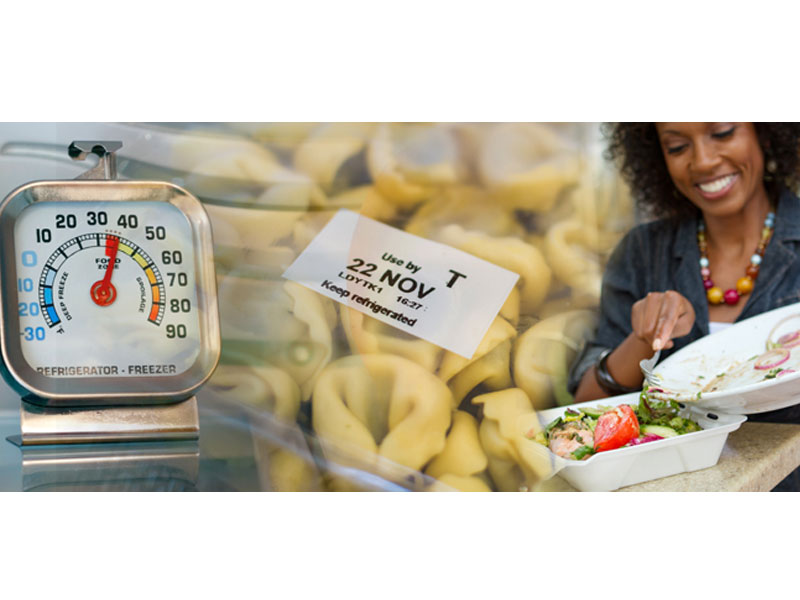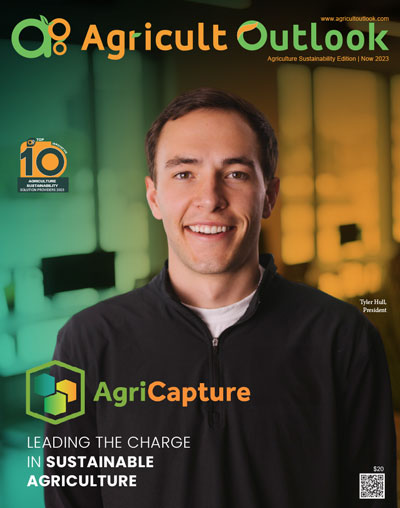The U.S. Department of Agriculture (USDA) has officially reached an agreement with the U.S. Food and Drug Administration, and the U.S. Environmental Protection Agency (EPA) to renew their Federal Interagency Collaboration, which is focused on reducing Food Loss and Waste (FIFLAW). Apart from the agencies mentioned, the U.S. Agency for International Development (USAID) is also expected to join the effort as an important federal partner that has an international reach in reducing food loss and waste. Before we dig any further into this development, though, we must acknowledge how, on a global scale, 30-40% of food produced is either lost or wasted throughout the farm-to-consumer supply chain, such as in fields due to spoilage and pest damage, while being stored, in transit, and when it goes unused by consumers. In fact, US alone sends nearly 80 billion pounds of food to municipal solid waste landfills annually, something which causes a big hit to food security, economic growth, and environmental prosperity. In response to that, the Federal Interagency Collaboration to Reduce Food Loss and Waste was first introduced back in 2018. Since then, it has published the draft National Strategy to Reduce Food Loss and Waste and Recycle Organics, and at the same time, it is working to produce a final Strategy. Talk about the draft National Strategy, it is designed to cut back on food loss and waste by 50%, and that too, before the year 2030. This loosely translates to how actions outlined by the USDA, EPA and FDA in the given strategy will help reduce greenhouse gas emissions (including methane), save households and businesses money, and build cleaner communities by reducing food loss and waste.
“The FDA is committed to achieving the goal of a 50% reduction of food loss and waste by 2030 through a whole-of-government approach in collaboration with the USDA, EPA and USAID,” said Robert M. Califf, M.D., Commissioner at FDA. “We also recognize the role that empowered U.S. consumers can play in helping to reach the national food waste reduction goal. We encourage consumers and retailers to use the FDA’s food loss and waste reduction resources including the 2022 Food Code, Tips to Reduce Food Waste and the Food Loss and Waste Social Media Toolkit to bolster their efforts.”
Under the given renewal, though, collaboration’s activities will continue to produce educational and guidance materials (e.g., tool development), conduct outreach (e.g., federal panels at events), research, community investments, voluntary programs, technical assistance, policy discussion and public-private partnerships.) Markedly enough, the agencies involved here will also work together with external partners to leverage the private and the non-governmental sectors to drive national and global change, all for the overarching purpose of reducing food loss and waste. An example relaying the same could be USDA and EPA expanding membership of the U.S. Food Loss and Waste 2030 Champions from 30 Champions to 50. In case you weren’t aware, the 2030 Champions are businesses and organizations that have made a public commitment to reduce FLW in their own U.S. operations by 50 percent before the touted 2030 mark. At the moment, these 2030 Champions include several industry giants across the food supply chain, such as Danone North America, Smithfield Foods, Inc., Starbucks, Sysco and Tyson Foods. Anyway, coming back to main crux, the partnering agencies will also bank upon national non-profit, ReFED, to access resources that are neccesary to evaluate what is and is not working with respect to the technical implementation of strategies aimed at reducing food waste in the U.S.



